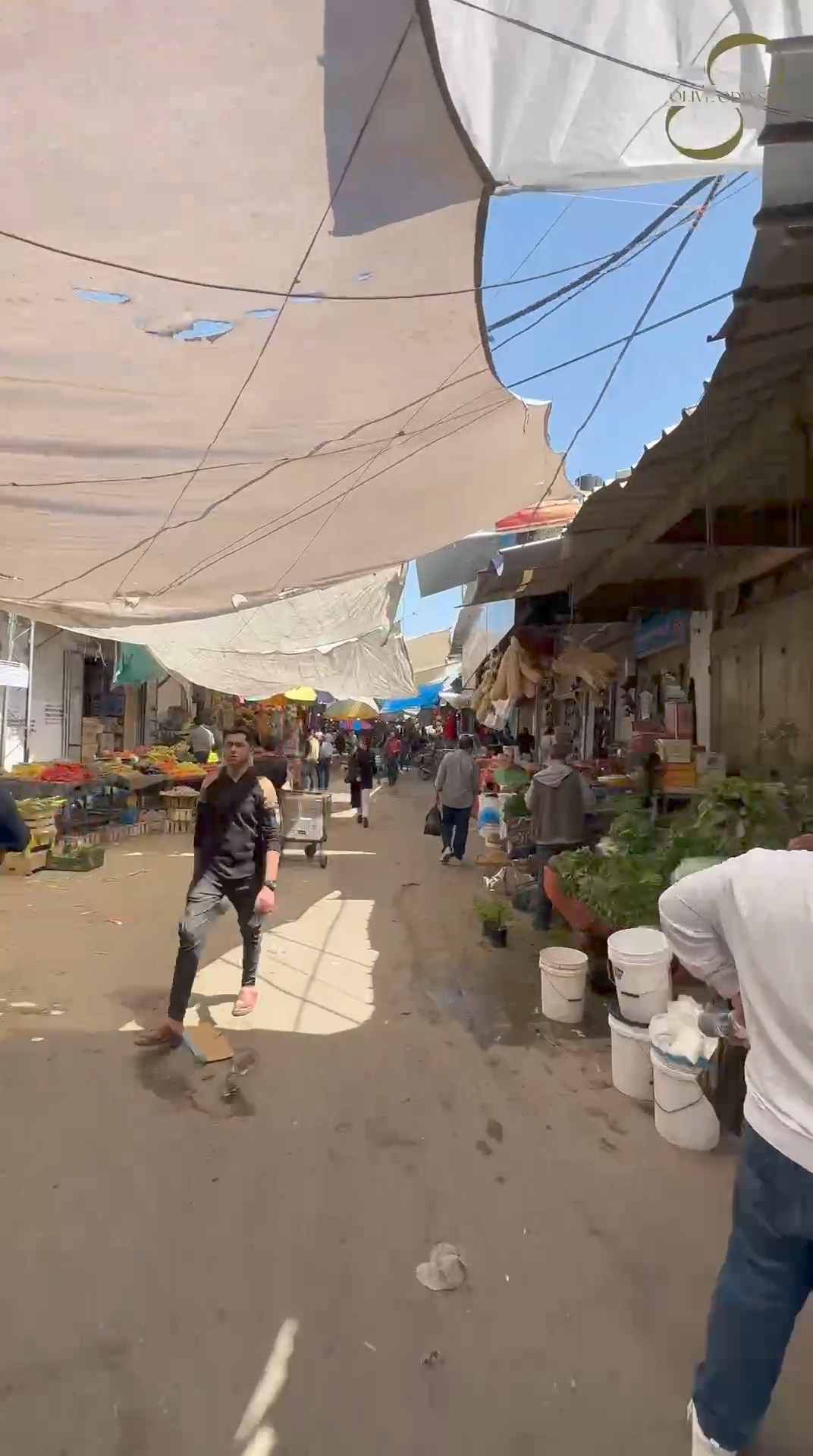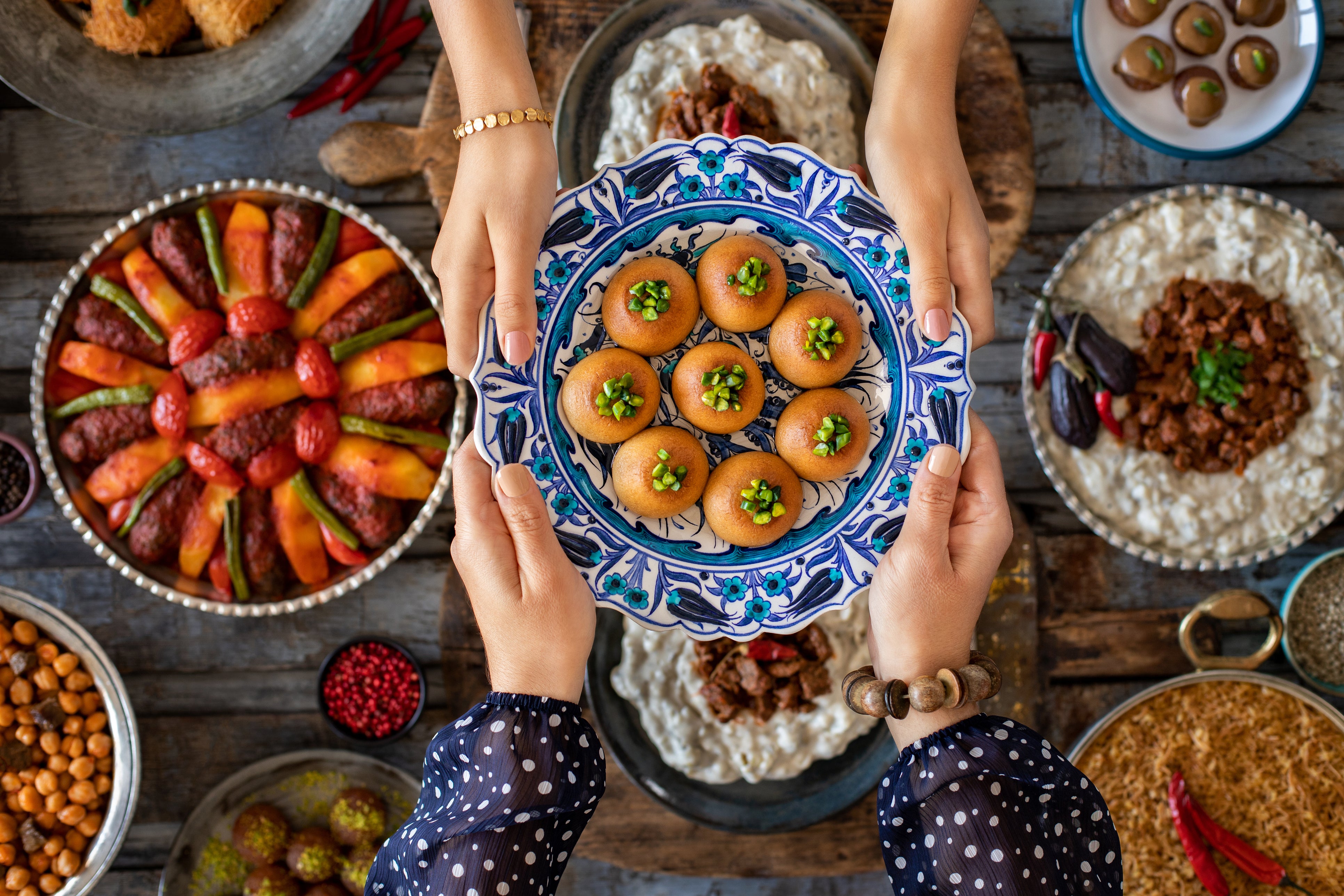Roasted Bell Pepper Caprese

If you're looking for a fresh, flavorful, and easy salad that's perfect for any occasion, you can't go wrong with this Roasted Bell Pepper Caprese recipe. This dish is loaded with a variety of colorful bell peppers, which are roasted to perfection and paired with creamy mozzarella or burrata and fresh basil leaves. And to give it an extra kick of flavor, we've added a tangy Calabrian chili vinaigrette that perfectly complements the sweet and smoky flavors of the roasted peppers.
At the heart of this recipe is the use of high-quality olive oil, which is a staple in Mediterranean cuisine and a key ingredient in many classic Italian dishes. For this recipe, we recommend using Palestinian olive oil, which has a rich and distinctive flavor that pairs perfectly with the sweet and smoky flavors of the roasted bell peppers. Not only is Palestinian olive oil delicious, but it's also a great way to support Palestinian farmers and promote sustainable agriculture in the region.
Ingredients
To make this Roasted Bell Pepper Caprese, you'll need the following ingredients:
For the Salad:
- 2 pounds of assorted bell peppers (5-6 small or large peppers)
- 8 ounces of fresh mozzarella or burrata
- Fresh basil leaves
- Salt and pepper, to taste
- Optional additions: Summer tomatoes, nuts like pine nuts or walnuts, to top with pesto or to serve with crusty bread!
For the Calabrian Chili Vinaigrette:
- 1 tablespoon Calabrian chili
- 1 teaspoon dijon mustard
- 1/4 cup olive oil
- Splash of lemon juice (optional)
- Salt and pepper, to taste
Instructions
Making this Roasted Bell Pepper Caprese is easy! Follow these simple steps:
- Roast your bell peppers: Preheat your oven to 400 degrees F. On a baking sheet with parchment paper, add your assorted bell peppers either large bell peppers in slices, or whole roasted small peppers. I personally like to do a mix of both. Season with salt, pepper and olive oil. Roast for 40-50 minutes until soft and they have a char. Set aside to cool. Tip: You can also roast your peppers on a grill this same way if you prefer!
- Make your dressing: In the meantime, make your dressing. In a small bowl, mix your Calabrian chili, lemon juice and zest, dijon mustard, olive oil, salt and pepper.
- Assemble the salad: On a serving platter, layer on your roasted bell peppers, add your burrata or mozzarella, finish with basil, your dressing, a sprinkle of flaky salt and black pepper.
What to Serve with Roasted Bell Pepper Caprese
Looking for some ideas on what to serve with this Roasted Bell Pepper Caprese recipe? Here are four delicious options:
- Little Gem Salad with Yogurt Ranch: This light and refreshing salad is the perfect complement to the bold flavors of the Roasted Bell Pepper Caprese.
- Cauliflower & Mushroom Bolognese: This hearty vegetarian pasta dish is a great option for a filling main course.
- Harissa & Sumac Roasted Chicken with Tzatziki: If you're looking for a protein-packed main course, this flavorful roasted chicken is sure to be a hit.
- Roasted Salt and Pepper Bone-In Chicken Breast: Another great option for a main course, this simple roasted chicken breast is easy to make and packed with flavor.
Nutrition Information
Here's the nutrition information for one serving of this Roasted Bell Pepper Caprese recipe:
- Calories: 220
- Total Fat: 17g
- Saturated Fat: 6g
- Cholesterol: 30mg
- Sodium: 560mg
- Total Carbohydrate: 8g
- Dietary Fiber: 2g
- Sugars: 5g
- Protein: 11g
In conclusion, this Roasted Bell Pepper Caprese recipe is a delicious twist on the classic Caprese salad. It's a great option for a healthy and flavorful appetizer, lunch, or light dinner. Give it a try and let us know what you think!
For more delicious and healthy recipe ideas, be sure to follow us on Instagram at @olive.odyseey for daily inspiration. We love sharing easy and nutritious recipes that you can make at home. Don't forget to tag us in your creations, we'd love to see them!





Leave a comment